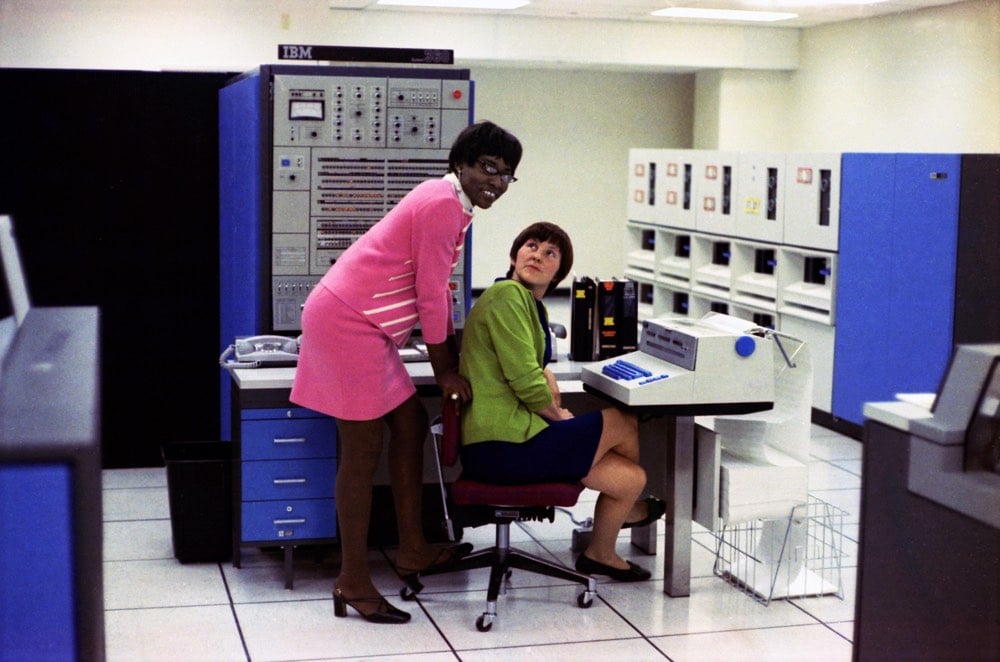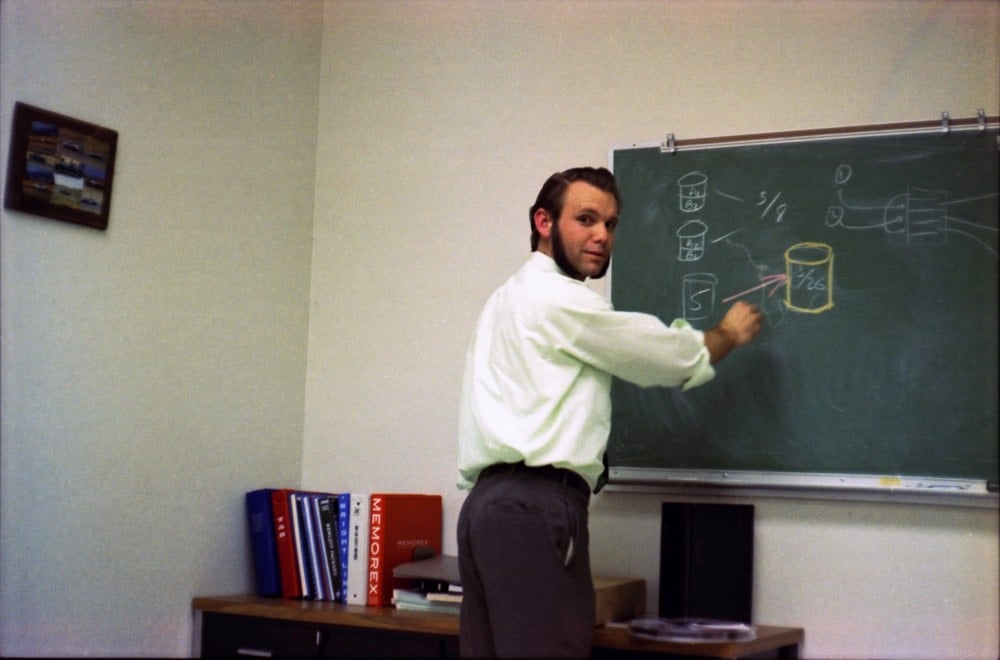A Day in the Life at a Bell Labs Datacenter in the Late 60s
Larry Luckham was a manager at a Bell Labs data center in Oakland in the late 60s and early 70s. One day, he captured daily life at the company with his camera.



Note how many of his coworkers were women, including women of color. From The Secret History of Women in Coding:
A good programmer was concise and elegant and never wasted a word. They were poets of bits. “It was like working logic puzzles — big, complicated logic puzzles,” Wilkes says. “I still have a very picky, precise mind, to a fault. I notice pictures that are crooked on the wall.”
What sort of person possesses that kind of mentality? Back then, it was assumed to be women. They had already played a foundational role in the prehistory of computing: During World War II, women operated some of the first computational machines used for code-breaking at Bletchley Park in Britain. In the United States, by 1960, according to government statistics, more than one in four programmers were women. At M.I.T.’s Lincoln Labs in the 1960s, where Wilkes worked, she recalls that most of those the government categorized as “career programmers” were female. It wasn’t high-status work — yet.





Stay Connected